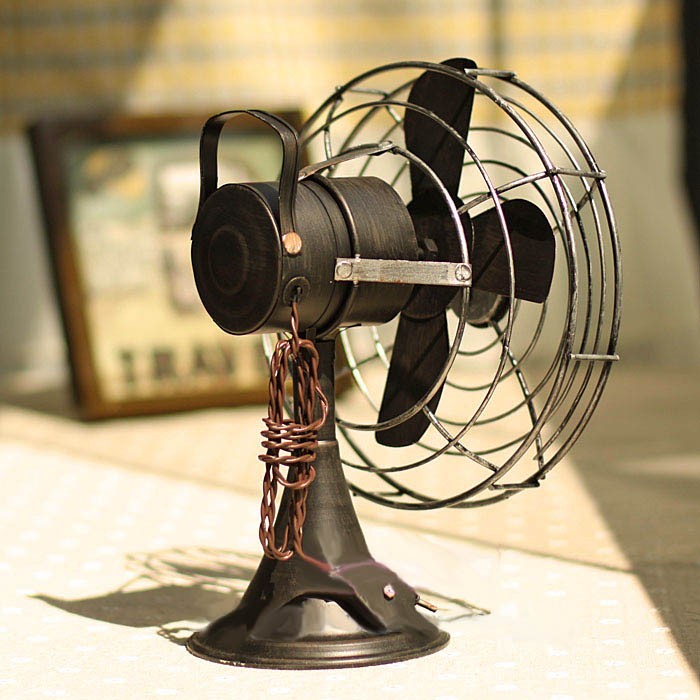
As climate change drives global temperatures to record highs, electric fans have emerged as indispensable allies in households worldwide. From humble beginnings as basic mechanical devices to today’s smart, energy-efficient designs, these appliances continue to evolve, offering versatile cooling solutions for diverse needs.
1. A Journey Through Time: The Evolution of Electric Fans
- 1882: Schuyler Skaats Wheeler patents the first electric fan (DC-powered).
- Early 1900s: Ornate metal fans symbolize luxury; ceiling fans debut.
- 1950s–1970s: Plastic revolution reduces costs, making fans accessible globally.
- 2020s: IoT integration enables voice control and air quality monitoring.
2. Anatomy of Efficiency: How Electric Fans Work
Key components:
- Blades: Engineered for optimal airflow (3–5 blades balance noise and efficiency).
- Motor Types:
- Induction Motors: Durable but less energy-efficient.
- BLDC Motors: 60% more efficient, quieter (common in premium models).
- Smart Features: Temperature sensors, app connectivity (e.g., controlling via smartphone).
3. Why Electric Fans Dominate the Cooling Market
- Energy Savings: Uses ~50W/hour vs. air conditioners’ 900W.
- Health Benefits: Reduces heatstroke risks and circulates air to prevent mold.
- Affordability: Prices range from $15 (basic models) to $200 (smart fans).
4. Innovations Shaping the Future
- Solar Hybrid Fans: Ideal for off-grid areas (e.g., SunPower’s 2024 model).
- Self-Cleaning Tech: UV-C light sterilizes blades automatically.
- AI Adaptation: Adjusts speed based on room occupancy (via motion sensors).
Conclusion: More Than Just a Cooling Tool
Electric fans exemplify how simple technology can adapt to modern challenges. As sustainability becomes paramount, their role in eco-friendly cooling will only expand—proving that sometimes, the best solutions are also the most straightforward.
News
Hand store water pump
In today’s fast-paced lifestyle, the demand for clean, easily accessible drinking water is more important than ever. Water dispensers—popularly known…
water pump
Water pumps are mechanical devices designed to move water from one place to another. Whether for agricultural irrigation, home plumbing…
End of content
No more pages to load








